What is Agentic RAG? Decoding traditional RAG vs. Agentic RAG
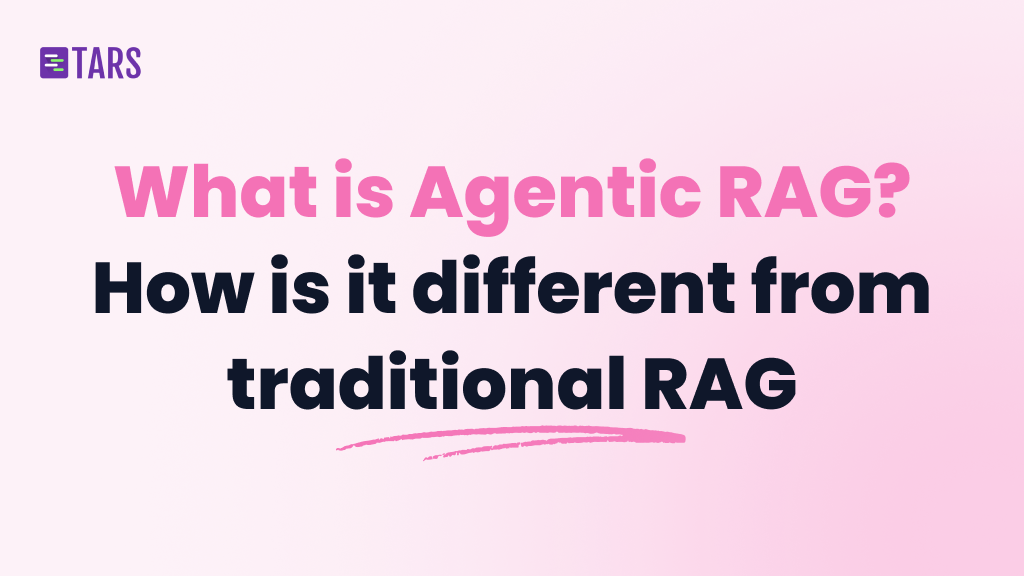
Companies are moving beyond basic RAG setups to create something more powerful: systems that can think, plan, and act on their own.
This is where Agentic RAG comes in. It takes the retrieval-augmented generation we know and adds AI Agents that can make decisions, use tools, and get better results.
The basics: RAG and AI Agents
What RAG actually does?
RAG helps large language models give better answers by pulling in outside information. Instead of relying only on training data, the system:
- Takes your question
- Searches through Knowledge Bases or databases
- Finds relevant information
- Uses that context to generate an answer
A basic RAG setup has two main parts: something that retrieves information (usually involving embeddings and a vector database) and something that generates responses (the LLM).
Where traditional RAG falls short?
Regular RAG has two big problems. First, it usually only looks at one source of information. What if you need data from multiple places? Second, it’s a one-shot deal; the system retrieves information once, and that’s it. There’s no robust evaluation system to check if the information is good or to try again with a different approach.
This shows up as:
- Being stuck with just one Knowledge Base
- No way to verify if the retrieved information is actually useful
- Can’t break down complex questions into smaller parts
- No learning or improving from one query to the next
How do AI Agents work?
AI Agents are basically LLMs with a job description and access to tools. They can remember things, make plans, and take action to complete tasks.
Every AI Agent needs:
- An LLM with a specific role
- Memory to keep track of what’s happening
- Planning skills to figure out next steps
- Tools like search engines or databases
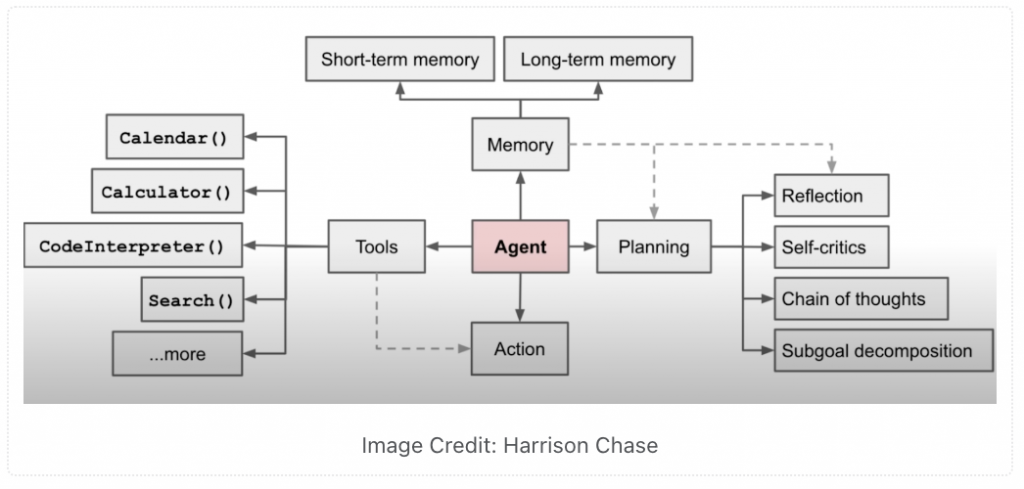
The ReAct framework is a popular way to build these Agents. It works like this:
- Think: The Agent considers what to do next
- Act: It uses a tool or takes some action
- Observe: It looks at what happened
- Repeat: Keep going until the task is done
Furthermore, as we discussed in a recent blog on Conversational AI Agents, there are also recent developments in the ReSpAct framework:
- Reasoning: The Agent thinks through your problem and considers different approaches
- Speaking: It talks to you about what it’s thinking, asks questions, and gets your input
- Acting: Only then does it take action, and it keeps you updated throughout the process
The ReSpAct framework transforms the traditional “Reason and Act” model into a more collaborative “Reason, Speak, and Act” approach, making AI Agents true conversational partners rather than simple command-response tools.
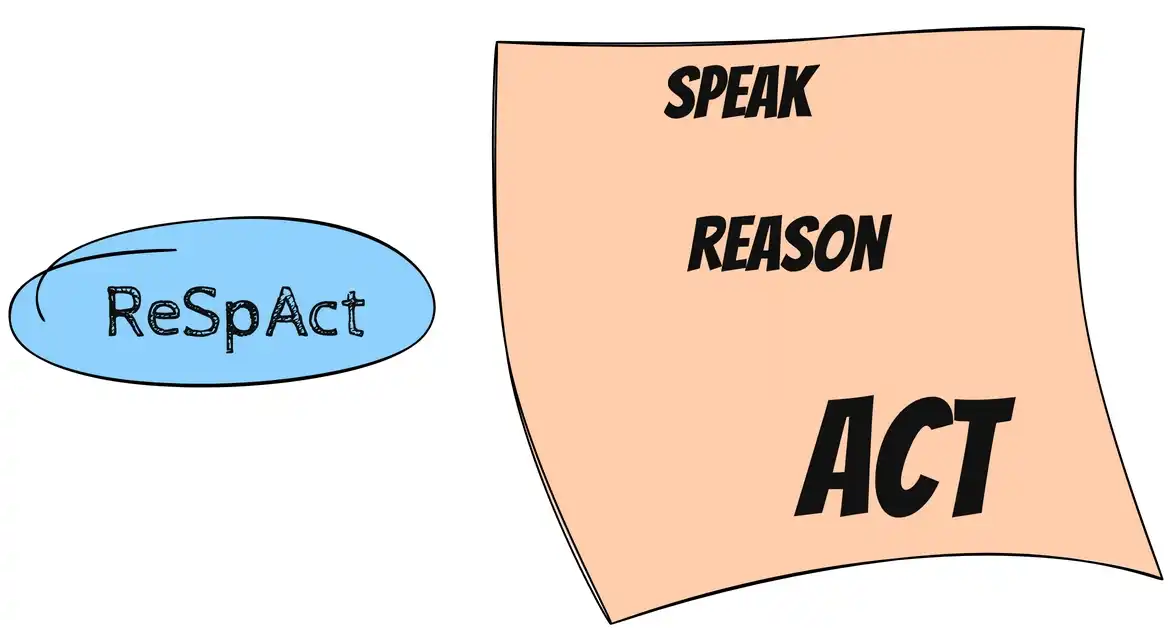
Credit: cobusgreyling newsletter
What is Agentic RAG, and what makes it different?
Agentic RAG puts AI Agents in charge of the RAG process. Instead of following a rigid sequence, Agents can decide what information to look for, which tools to use, and whether they need to try again.
In the Tars AI Agent builder, you can add multiple tools, add multiple KBs, and manage the functioning of the AI Agent through one AI Agent Gambit.
Here’s a simple way to think about it: Regular RAG is like going to a library with a specific book in mind. Agentic RAG is like having a research assistant who can check the library, search the internet, call experts, and even do calculations, whatever it takes to answer your question properly.
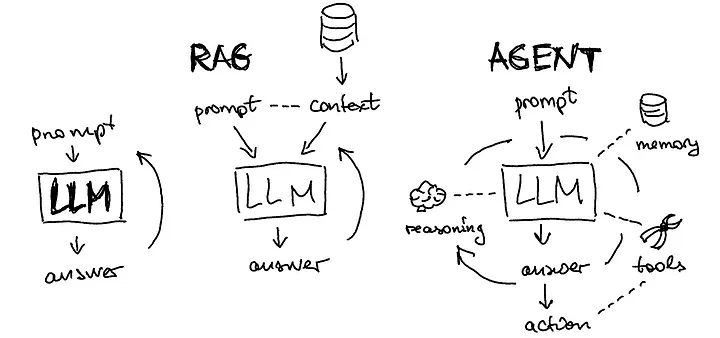
Different ways to build Agentic RAG
Single Agent setup (the router approach)
The simplest version uses one Agent that decides where to look for information. You might have multiple knowledge sources. The Agent figures out which one to use based on your question.
This works well because:
- It’s easier to build and debug
- One Agent handles all the decisions
- You can add new tools without changing the core system
Multi-Agent systems
When you need more sophistication, you can use multiple Agents working together. A typical setup might have:
- Master Agent: Makes the overall plan and coordinates other Agents
- Search Agent: Handles web searches and external information
- Database Agent: Knows how to query internal systems
- Summary Agent: Puts everything together into a final answer
For instance, in Tars, you can connect multiple AI Agent Gambits with varied instructions that can manage KBs, tools, data collection, and much more. We aim to work towards complete multi-agent systems, wherein AI Agents built for different purposes can be called by one AI Agent and automate complete workflows.
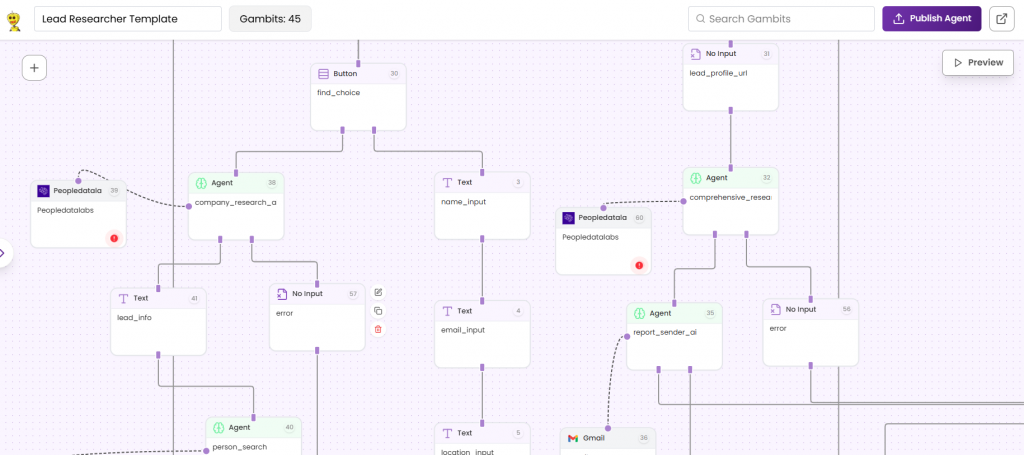
Comparing old and new Agentic RAG
| What it does | Regular RAG | Agentic RAG |
| Use external tools | No | Yes |
| Process questions first | No | Yes |
| Check information quality | No | Yes |
| Adapt strategy | No | Yes |
| Multiple sources | Usually just one | As many as need |
How to get started?
Start small
Start with a single Agent that can choose between one KB. Get that working well, then add more capabilities like more data sources and tools.
Monitor everything
Keep track of:
- What decisions are your Agents making
- Which tools do they use most often
- When things go wrong and why
- How satisfied users are with the results
With Tars AI Agents, you can keep a check on tool calls for actions and chunks retrieved for an answer for complete transparency on handling data sources.
Focus on your users
The goal is to give better answers, not to show off fancy technology. If users are getting what they need faster and more accurately, you’re on the right track.
What’s coming next
Agentic RAG is still evolving. We’re seeing better frameworks, more reliable tools, and LLMs that are better at planning and reasoning. The technology is getting easier to use, which means more companies will adopt it.
In the next few years, expect to see:
- Agents that can handle longer, more complex tasks
- More specialized tools for different industries
- Easier ways to build and maintain these systems
The bottom line
Agentic RAG isn’t just a fancy upgrade to regular RAG. It’s a different way of thinking about how AI systems can help us find and use information. Instead of following a fixed sequence of steps, these systems can think about what they need to do and figure out the best way to do it.
The technology is ready now. The question is whether you’re ready to move beyond basic RAG and build something that can think about how to help your users better. At Tars, we are helping people build AI Agents leveraging Agentic RAG, focusing on ease and reliability. Just sign up and log in, and build Conversational AI solutions with an easy no-code building approach.
A writer trying to make AI easy to understand.
- The basics: RAG and AI Agents
- What RAG actually does?
- Where traditional RAG falls short?
- How do AI Agents work?
- What is Agentic RAG, and what makes it different?
- Different ways to build Agentic RAG
- Single Agent setup (the router approach)
- Multi-Agent systems
- Comparing old and new Agentic RAG
- How to get started?
- Start small
- Monitor everything
- Focus on your users
- What’s coming next
- The bottom line


Build innovative AI Agents that deliver results
Get started for freeRecommended Reading: Check Out Our Favorite Blog Posts!
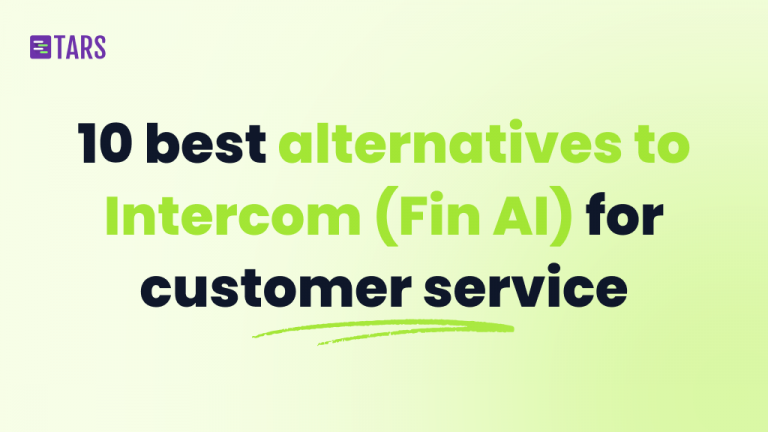
10 best alternatives to Intercom (Fin AI) for AI-powered customer service [2025]
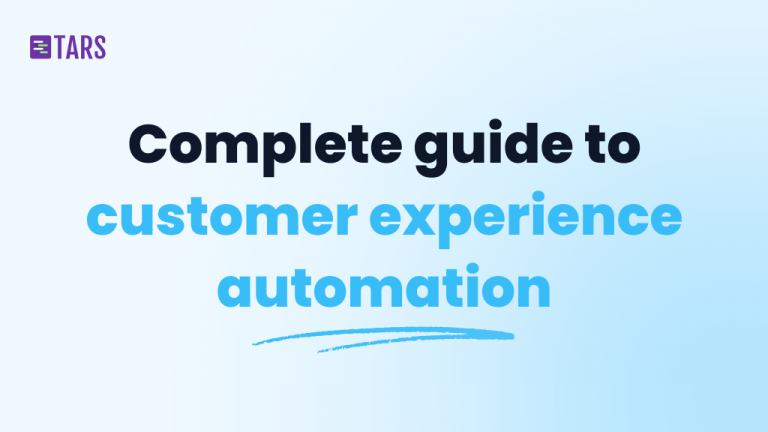
Customer experience automation: The complete guide to CXA in 2025
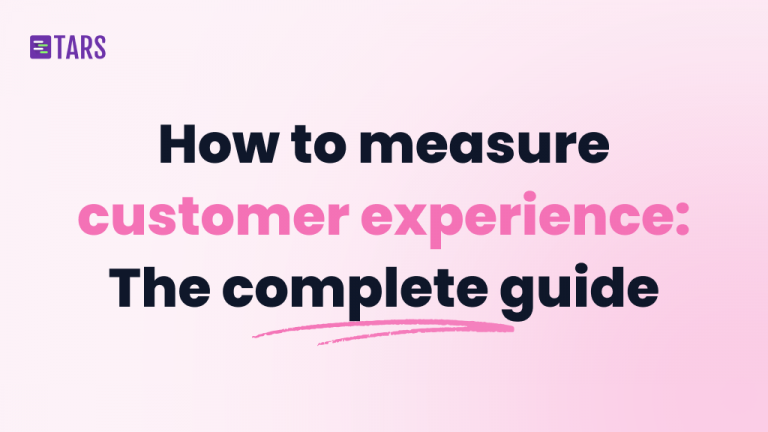
How to measure customer experience: The complete guide for AI-powered support and growth

Our journey in a few numbers
With Tars you can build Conversational AI Agents that truly understand your needs and create intelligent conversations.
years in the conversational AI space
global brands have worked with us
customer conversations automated
countries with deployed AI Agents